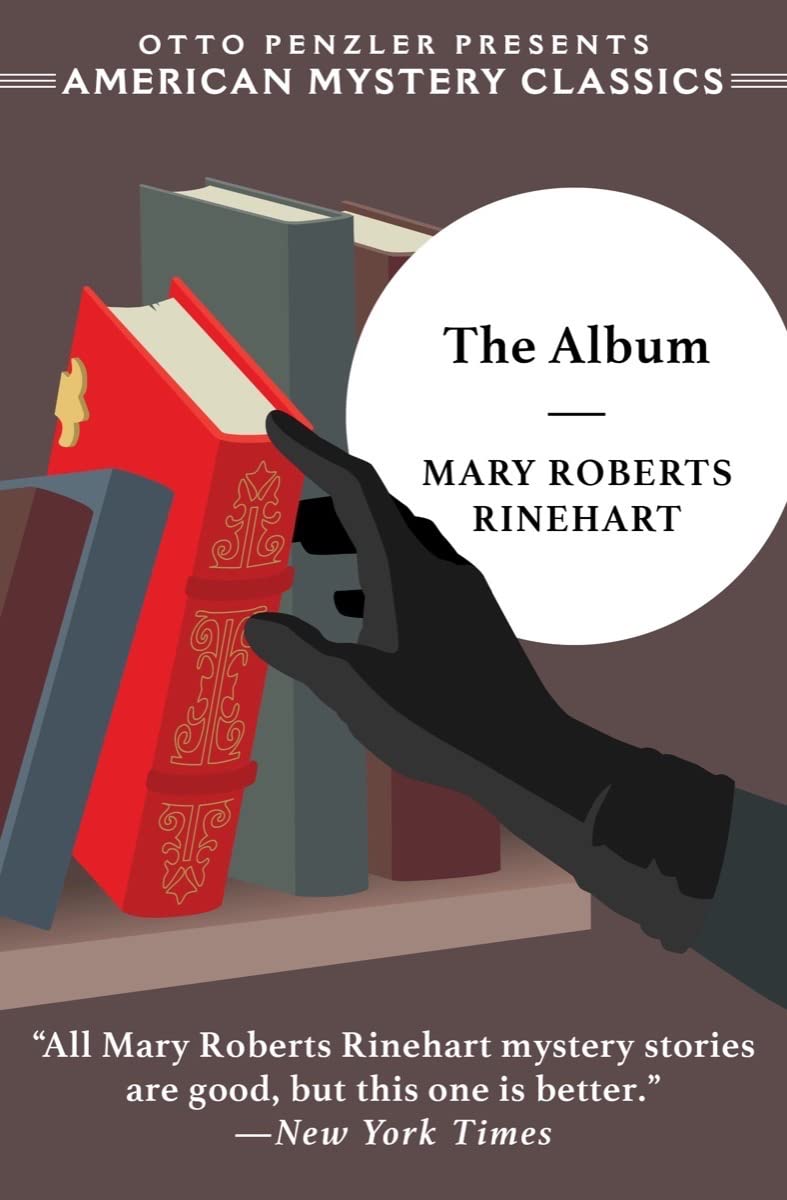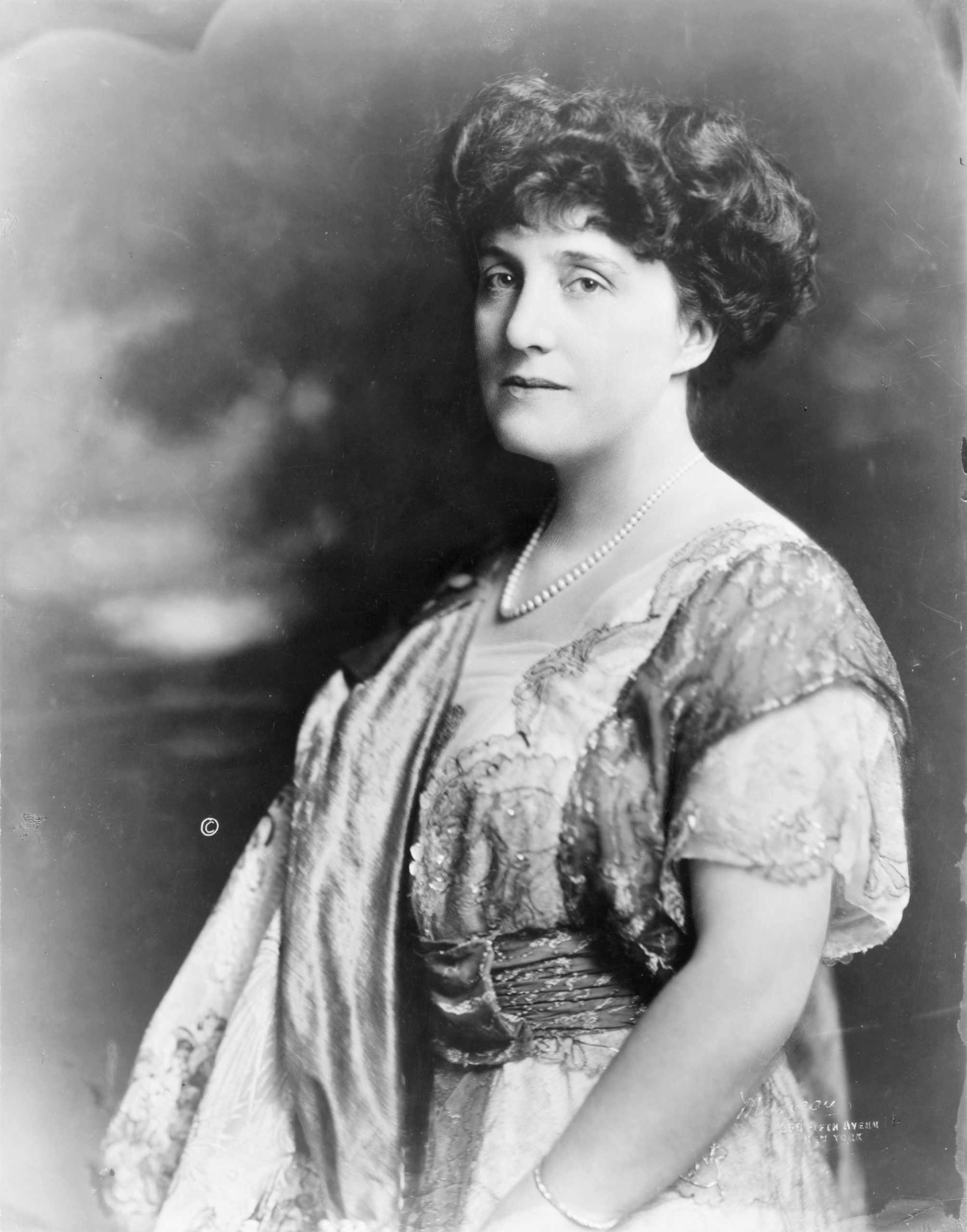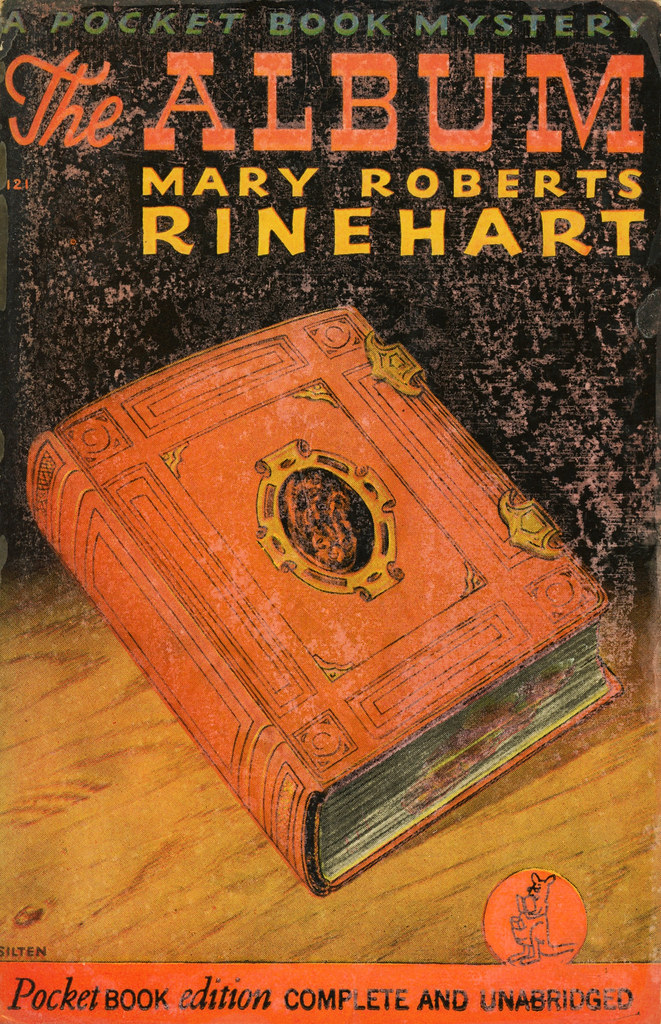 I stumbled upon my first Rinehart novel online. I’m one of the few people who enthusiastically subscribed and used the now-defunct Oyster Books. It was basically Netflix for books, and I still miss it. At any rate, that was where I found The Bat and I absolutely loved it. Since then, I’m always on the lookout for new-to-me Mary Roberts Rinehart novels.
I stumbled upon my first Rinehart novel online. I’m one of the few people who enthusiastically subscribed and used the now-defunct Oyster Books. It was basically Netflix for books, and I still miss it. At any rate, that was where I found The Bat and I absolutely loved it. Since then, I’m always on the lookout for new-to-me Mary Roberts Rinehart novels.
The short way to describe her is American Agatha Christie, but that is an oversimplification. He her time, she outsold Christie, and she was a also amazingly prolific and wrote with a distinctly American tone. Many, though not all, of Rinehart’s books are mysteries. She was a bit of an adventurer and found incredible success during the detective story’s Golden Age in the 1930s. She is also credited with the trope of “the butler did it.”

I haven’t read everything she wrote, but The Album is my favorite so far. The setting is The Crescent, an enclave of five old houses inhabited by five old families. Although it is now firmly in the 1930s, these families live apart from most modern cares, employing Victorian traditions in their Victorian mansions. These are multigenerational homes, two of which have become gilded cages for the young women of the family. They are by convention rather forced to remain and care for an aged parent.
The narrator is Louisa Hall, a 28-year old spinster. She recounts the events of two weeks in August in this quiet Crescent. Their peaceful existence is shattered on a Thursday afternoon when Mrs. Lancaster is killed in her locked bedroom with an axe. Her daughter, Miss Emily Lancaster, also a trapped old maid, much older than Louisa, finds her murdered mother and runs out of the house screaming. This brings all the Crescent dwellers to the scene and the mystery is afoot, as they say.
To this world, we made few concessions. Mrs. Talbot’s basques and cameo jewelry were taken for granted as much as Mother’s crepe or Emily Lancaster’s high pompadour built over a cushion of net and wire. The suspicious bulges on Lydia Talbot’s thin figure we accepted as the curves of nature and not of art, and on Monday, which was of course the Crescent wash day, our clothes line at the rear showed row on row of self-respecting but hardly exotic undergarments. ~Pg. 7
With so many interwoven families and histories, there are at least a dozen good suspects in the five houses. In addition to relaying the narrative, Louisa becomes a sort of amatuer sleuth and informant. The crime solvers, official and un, frequently consult her for insight on the various quirky characters and their habits. It is through them (telling Louisa) that we hear about the updates in the case.

Rinehart marries the best of the Victorian sensation novel — old houses with attics, hidden identities, and secret closets — and the contemporary murder mystery — whodunits, impossible crimes, clear if unexpected clues. In this way, her novel mirrors the Crescent itself. The result is an excellent puzzle mystery, with lots of twists and possible solutions.
(For a true crime and detective fiction reader such as myself, the parallels to the Lizzie Borden murders seem too similar to be coincidence. Certainly, the manner of death by axe, but also the victim’s relations, the location of the murder, the way in which people learned about the crime, a beloved pet bird, ripened orchard fruit, a sultry August afternoon, and more. I can’t help but think this was partially Rinehart’s nod to one of the great [un]solved American murder mysteries.)
Embedded within the murder mystery is a great deal of humor and social observation. Rinehart also gives this novel several levels of delicate portrayal. Descriptions and characters are vivid, drawing the reader in to every scene. I am glad Otto Penzler and American Crime Classics have started republishing her works. It’s time for readers to rediscover her fantastic stories.
My thanks to Julia and Penzler Publishers for the advance review copy.
Publisher: American Mystery Classics (December 6, 2022)
Language: English
Hardcover: 336 pages
ISBN-10: 1613163614
